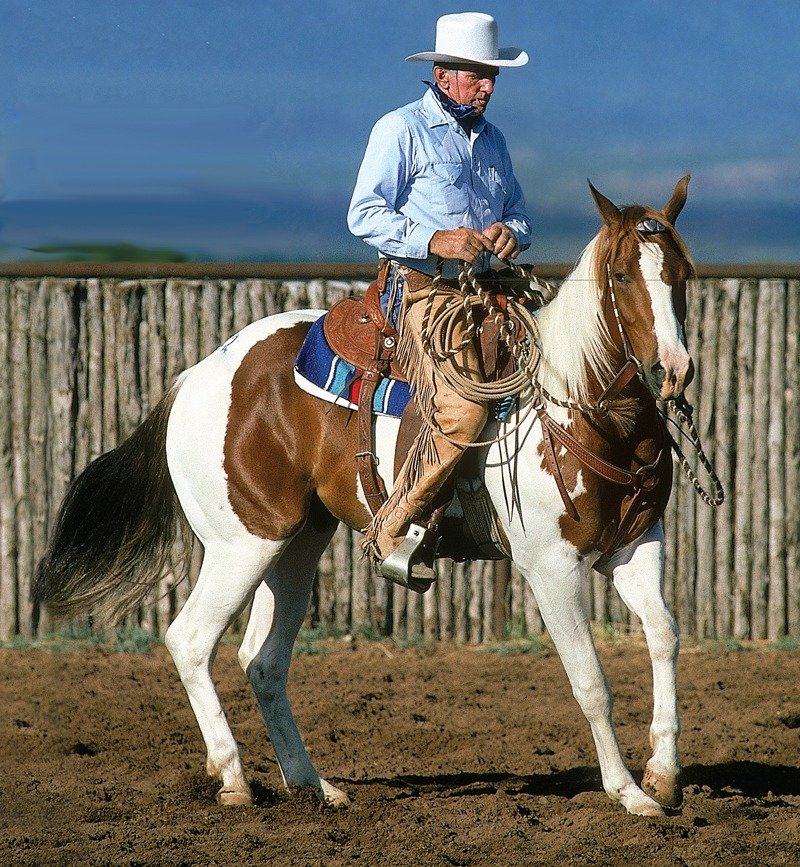Foundational Principles
At Full Circle Horseman, these principles are fundamental to my horsemanship & clinics and define the way we will interact.
First and foremost, the horse’s wellbeing is paramount; anything other than that has no place here. We do not use pain or fear as motivation.
Your energy and intention will determine the outcome so you must practice:
Patience - don’t be in a hurry because you’ll only take the horse to the wrong place faster!
Self-Control - in particular your anger and desires, especially in difficult situations.
Humility - please leave your ego at the gate.
Two-way Communication - we are asking AND listening to each other
Self-Improvement - you have a desire to continually improve and learn from mistakes. If you are not improving on yourself, your method, and the horse’s ability to find a purpose and forever home, something is wrong. Stop and refocus.
Every horse will teach you something, some of them continually.
The horse has situational awareness far beyond our abilities so we work with it and not against it.
When you learn to listen for it, the horse will tell you when it’s time to move onto the next level.
As the late, great Tom Roberts once said, “Perhaps the greatest kindness you can do any horse is to educate him well.”
We allow the horse plenty of time and opportunity to become the willing partner you seek & he wants to be.
We allow the horse time to react, think and learn - these are not all the same thing.
We make the right thing easy & the wrong thing difficult.
The feel, timing and consistency of your “pressure & release” is key. Ask as softly as you can but as firm as you have to be.
Mark draws inspiration from the world's leading horse-handling practitioners
-

Bill & Tom Dorrance
Brothers and horsemen Bill Dorrance and Tom Dorrance are considered among the founders of the modern natural horsemanship movement.
”The thing you are trying to help the horse do is to use his own mind. You are trying to present something and then let him figure out how to get there.” — Tom Dorrance, True Unity: Willing Communication Between Horse and Human -

Ray Hunt
“Ray Hunt essentially invented the modern profession of horsemanship clinician and hit the road to spread the gospel of horsemanship through ‘feel,’ a concept he learned from his mentor, Tom Dorrance. [The] approaches Ray shared with his students included making the right thing easy for a horse, recognizing the horse’s right to protect himself, and seeing from the horse’s point of view” — AJ Magnum, Western Horseman 2018
-

Buck Brannaman
“For over 30 years, Buck Brannaman has been working with horses and their owners and today is one of the world’s leading practitioners of handling horses based on classical concepts from the California vaquero tradition; working with the horse's nature, using an understanding of how horses think and communicate to train the horse to accept humans and work confidently and responsively with them.” — Brannaman.com 2022


